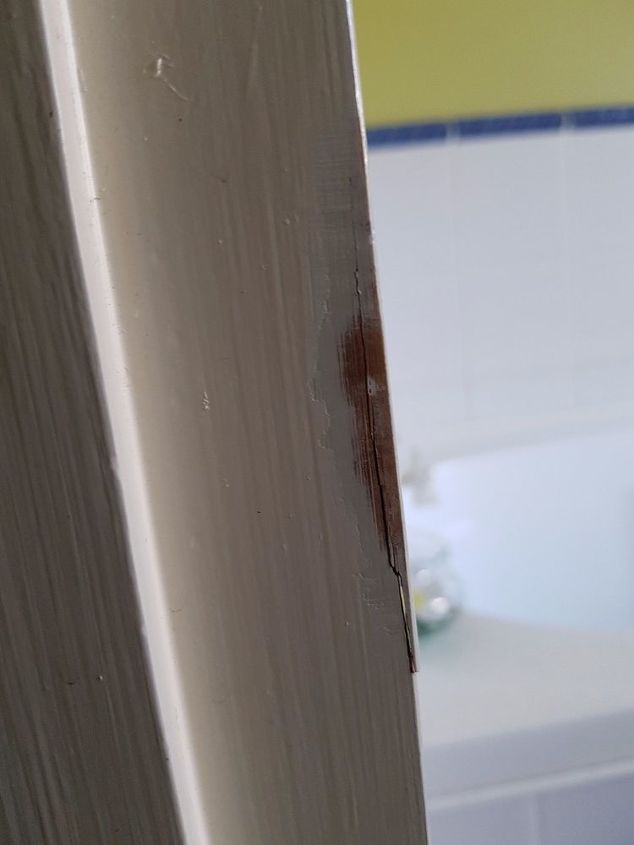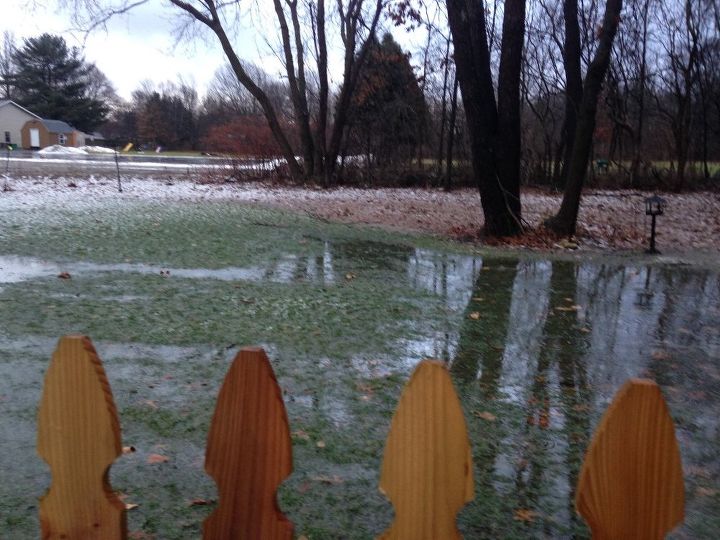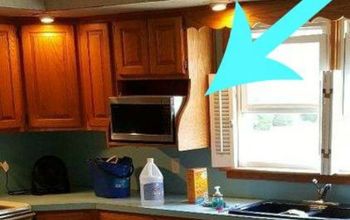What is the best way to waterproof your basement?
-
Well you are actually doing it right now by directing water away from the building. After that it comes down to where the water is entering. If it is coming up through the ground all you can really do is install a sump pump or system where the water drains to daylight. If you still have issues with the wall - the best ways are from the outside, but that is also the most expensive. If you are finishing the basement, I personally would attack it from the inside with Delta Dry or a similar dimpled membrane that directs water down to the floor to a French drain system. I would then add foam panels to the floor, frame the walls staying about an inch away the basement foundation & spray it with closed cell foam & finish as you like.
 SLS Construction & Building Solutions LLC
on Apr 30, 2013
Helpful Reply
SLS Construction & Building Solutions LLC
on Apr 30, 2013
Helpful Reply -
-
SLS pretty much summed it up. Just understand water proofing is done on the outside and water control is done on the inside. Water proofing is the proper method of stopping water. Any water allowed to enter into the home through drilling holes or allowing it to seep below the foundation will only cause erosion and future failure of the foundation. Piping water away from the foundation and increasing its slope will help slow down water entry but will not prevent it. Water moves sideways pretty easy. But controlling how much water is deposited against the foundation does help. Corners are a typical issue with foundation leaks. The two walls intersect there and there is a lot of pressures in this area causing early failure of what little water sealing was done when the house was constructed. In most cases a Christmas tree shaped pattern normally develops in the corners both by stains and leaks over time. The size of this tree shape indicates just how bad the leakage is. Do not for any reason bother to paint your inside walls with so called water proofing paint. The only thing that will do for you is give mold something to grow on. If the walls already have been painted, removal of as much of this paint as possible is suggested. Normally people paint the inside of the walls thinking they are doing something good. What they do not realize is the water becomes trapped inside the block wall and not allowed to evaporate out. Overtime the nice white wall begins to yellow and black streaks (mold) begin to develop. This is caused by the cooler damp walls allowing inside moisture to condense on the surface. While the inside of the block wall begins to crumble because of the water sitting in it. As SLS stated install the Delta Dry, ( plastic sheet with dimples that allow leaks to flow) then insulate over with foam boards. The reason for the foam boards is to prevent that condensation from forming so no mold, and the Delta Dry is to allow water to leak in and to be controlled. Personally I believe the outside is the only correct way to fix this. Installing a water control system is the 2nd method which is what most people do, but should be done as a last course of action. Seeing you only have leaks on the corners, I would hire someone to dig to the foundation on each corner and clean, tar and install the Delta Dry there. You do not have to water proof the entire basement if leaks are only located in just the corners or in a select spot.
 Woodbridge Environmental Tiptophouse.com
on Apr 30, 2013
Helpful Reply
Woodbridge Environmental Tiptophouse.com
on Apr 30, 2013
Helpful Reply -
-
I would still like more ideas on waterproofing. Has anyone tried infra-red camera technology to determine where the leaks are occuring?
 Laura Iarocci
on May 04, 2013
Helpful Reply
Laura Iarocci
on May 04, 2013
Helpful Reply -
-
Infrared will only work if there is a difference in temps within the wall. Not enough to really help when looking for leaks. A professional thermographer can show you where the walls are wet, but you can see this as evidence of the inside leak or white powder that has formed on the inside walls or floors. Unfortunately there is not a simple find a leak method other than running a hose to see where its coming in from. A really experienced basement person may be able to find the source faster but that is all you can do.
 Woodbridge Environmental Tiptophouse.com
on May 04, 2013
Helpful Reply
Woodbridge Environmental Tiptophouse.com
on May 04, 2013
Helpful Reply -
-
While we can use it for finding water leaks under or in a slab, the walls would basically just show where it is entering into the basement, not the actual starting point / issue - sometimes the mark one eyeball & knowledge is still the best option
 SLS Construction & Building Solutions LLC
on May 04, 2013
Helpful Reply
SLS Construction & Building Solutions LLC
on May 04, 2013
Helpful Reply -
-
I would dry lock paint the walls really well before finishing. After adding soil to slope away from house I would consider adding pond liner & more dirt above that to really slope water away from house. We had the driveway next to the house paved right up to the house & also sloped away. My current home has over sized gutters which I believe helps. Pouring some concrete pathways or patio's along the house could help divert water & add value. There is an additive to help make concrete less water permeable. Gutters, leaders, dirt, concrete & dry lock paint are all relatively affordable & work well for diyer's. I am not a fan of sump pumps or french drains if they can be avoided but sometimes there is not a choice. Most importantly take your time & do it right because you will have to rip it all out & start over if you have a moisture/mold issue. I had a ditch dug outside my former house with a drainage pipe (covered with fabric then filled back in) to divert water away from foundation. It was surprisingly very affordable & effective.
 Bit By Bit Shop
on Nov 10, 2015
Helpful Reply
Bit By Bit Shop
on Nov 10, 2015
Helpful Reply -
-
Keep in mind for a true fix to prevent damage to the walls; don't just seal the inside face and think if you don't see it coming in you are all good. Sounds like you have a good start; I see you are in GA..heavy clay soils don't like to drain ..you need to determine if you are dealing with surface water (rain soaking in) or subsurface water (water spring or purged in the soil layers) If your problem is from surface water what you are doing will help; foundation drainage could also help if it is combination of surface water and pour draining soils -- but if the problem is subsurface water; you will need waterproofing on the outside of the walls..pumping or redirecting water on the inside doesn't save your walls from the potential long term damage of water moving through them if that is the case my choice of waterproofing is bentonite.
 Moxie
on Jan 15, 2016
Helpful Reply
Moxie
on Jan 15, 2016
Helpful Reply -
Related Discussions
How to get rid of mice?
We seem to have some unwelcome Mickeys and Minnies in our house. What is the best way to get rid of them?
How to remove popcorn ceiling with asbestos?
I want to remove my popcorn ceiling, but it has asbestos in it. How do I go about this safely?
How to trap fruit flies?
Does anyone know how to get rid of fruit flies with a homemade trap?
How to remove popcorn ceiling with vacuum?
Is there a way to use a vacuum to remove a popcorn ceiling?
How to fix a crack in a door frame?
How to fix a door frame with a split in it?
What is the best product to use to water proof Luan on a bathhroom flo
I had a toilet that leaked and the water ran under the tile. Also I have a shower stall that's all plastic and the water runs out on the floor. Since its plastic the ... See more
What is the best way to eliminate water retention in my back yard.
water does not drain after a rain I have put more grass seed and nitrogen on yard to thicken it up.




